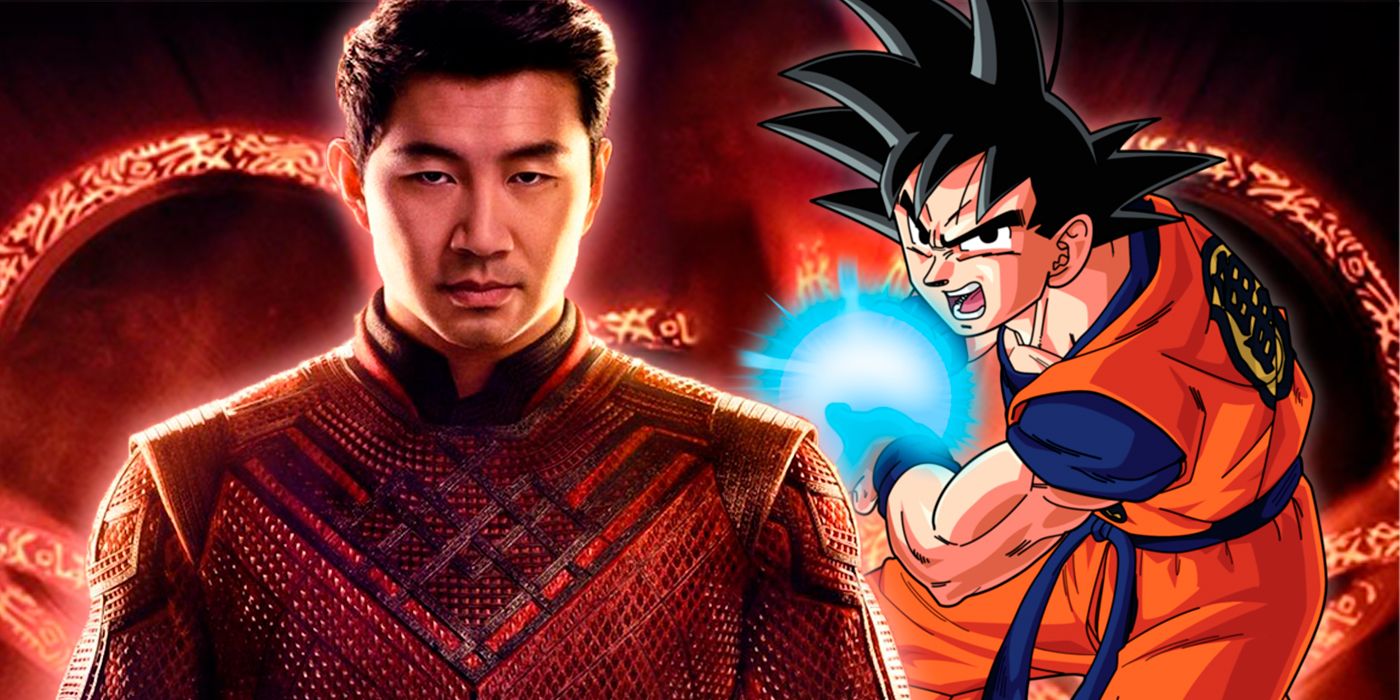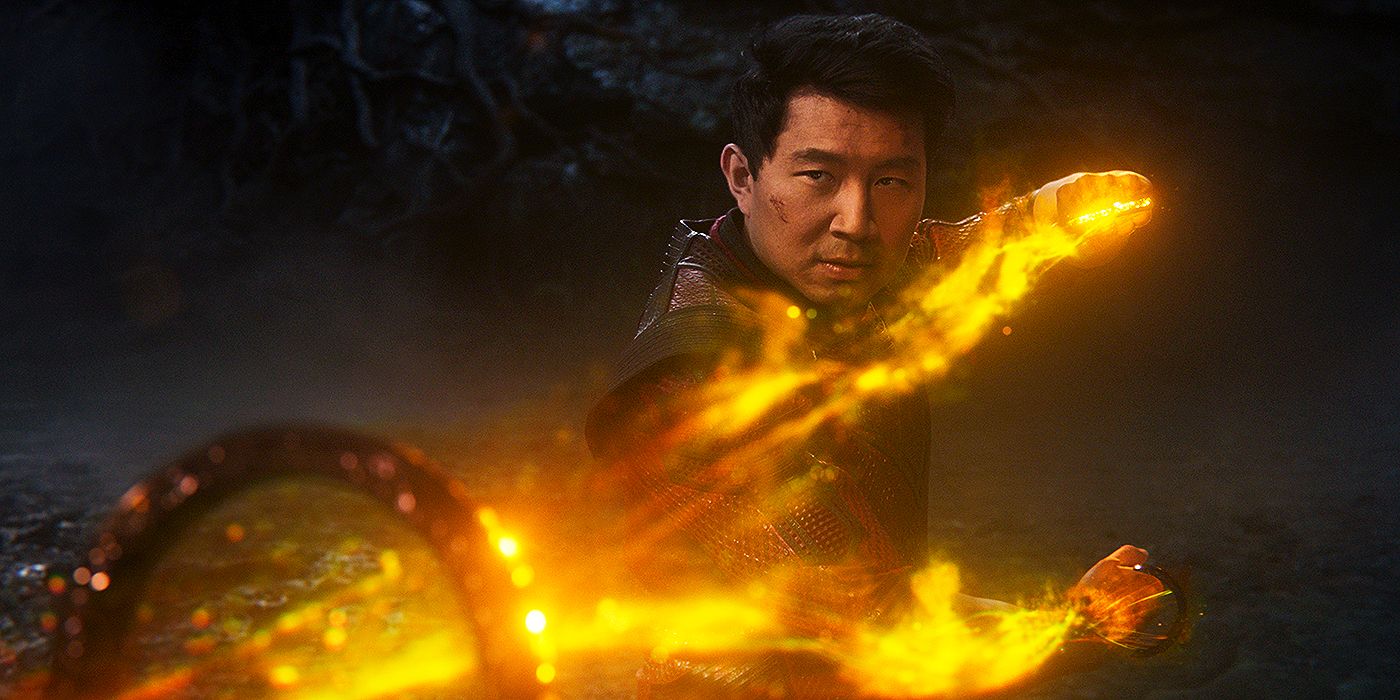WARNING: The following contains spoilers for Shang-Chi and the Legend of the Ten Rings, now in theaters.
The Marvel Cinematic Universe gets a martial arts epic in Shang-Chi and the Legend of the Ten Rings, with the film boasting incredible fighting sequences as the Master of Kung Fu moves to stop his villainous father Wenwu from unleashing a multiversal terror upon the MCU. The climactic battle takes place in the fantasy land of Ta Lo, magically hidden within the heart of China, with Shang-Chi inheriting the mystical Ten Rings to take on a monstrous, kaiju-sized beast known as the Dweller-in-Darkness. To dispatch the creature, Shang-Chi harnesses the power of the rings to unleash an ultimate attack in a direct nod to the signature attack from the manga/anime franchise Dragon Ball, complete with a namedrop.
After learning how to command the Ten Rings during his final showdown with Wenwu, Shang-Chi uses them to charge up a massive attack, poised to completely obliterate his father. The charging motion resembles an energy projectile attack similar to Street Fighter's Hadoken or Dragon Ball's Kamehameha Wave, but Shang-Chi decides to spare Wenwu rather than deliver the finishing blow. After the Dweller-in-Darkness emerges and consumes Wenwu, Shang-Chi and his sister Xialing ride Ta Lo's Great Protector, a massive water dragon, to subdue the Dweller-in-Darkness before Shang-Chi destroys it, unleashing the full might of the Ten Rings in a single epic blast. Shang-Chi's best friend Katy later compares the attack to a Kamehameha Wave as she recounts the final battle to friends, furthering the connection.
Of course, the concept of a chargeable energy attack isn't exclusive to Dragon Ball, but there are other, more subtle nods to Akira Toriyama's massively successful franchise, as well as some it shares with many fighting anime and classic martial arts cinema titles. This is apparent from Shang-Chi's upbringing, rigorously training in martial arts from an early age at Wenwu's remote hideout in the mountain of China, just like so many hardened Kung Fu movie and anime protagonists.
However, it isn't the sinister machinations of the Ten Rings where Shang-Chi finds his spiritual common ground with Goku, but in the serene landscape of Ta Lo. Populated with a bevy of fantasy beasts straight from Chinese folklore, the Great Protector bears more than a passing resemblance to Dragon Ball's Eternal Dragon Shenron -- something of a given due to their shared mythological inspiration. And just as Goku prefers a more lo-fi, naturalistic training approach throughout Dragon Ball, in comparison to Vegeta's training in the advanced facilities offered to him by Capsule Corp, Shang-Chi unlocks his inner potential by embracing the training and fighting styles available to him in Ta Lo.
More than just the obvious pointed reference to the Kamehameha Wave, Shang-Chi contains plenty more thematic nods to its influences, both in terms of live-action and anime inspiration. The Master of Kung Fu is very much his own martial artist, with the character created by Steve Englehart and Jim Starlin over a decade before Toriyama's Dragon Ball, but he is also informed by much that came after it, including Goku's signature attack.
Directed and co-written by Destin Daniel Cretton, Shang-Chi and the Legend of the Ten Rings is in theaters now.


